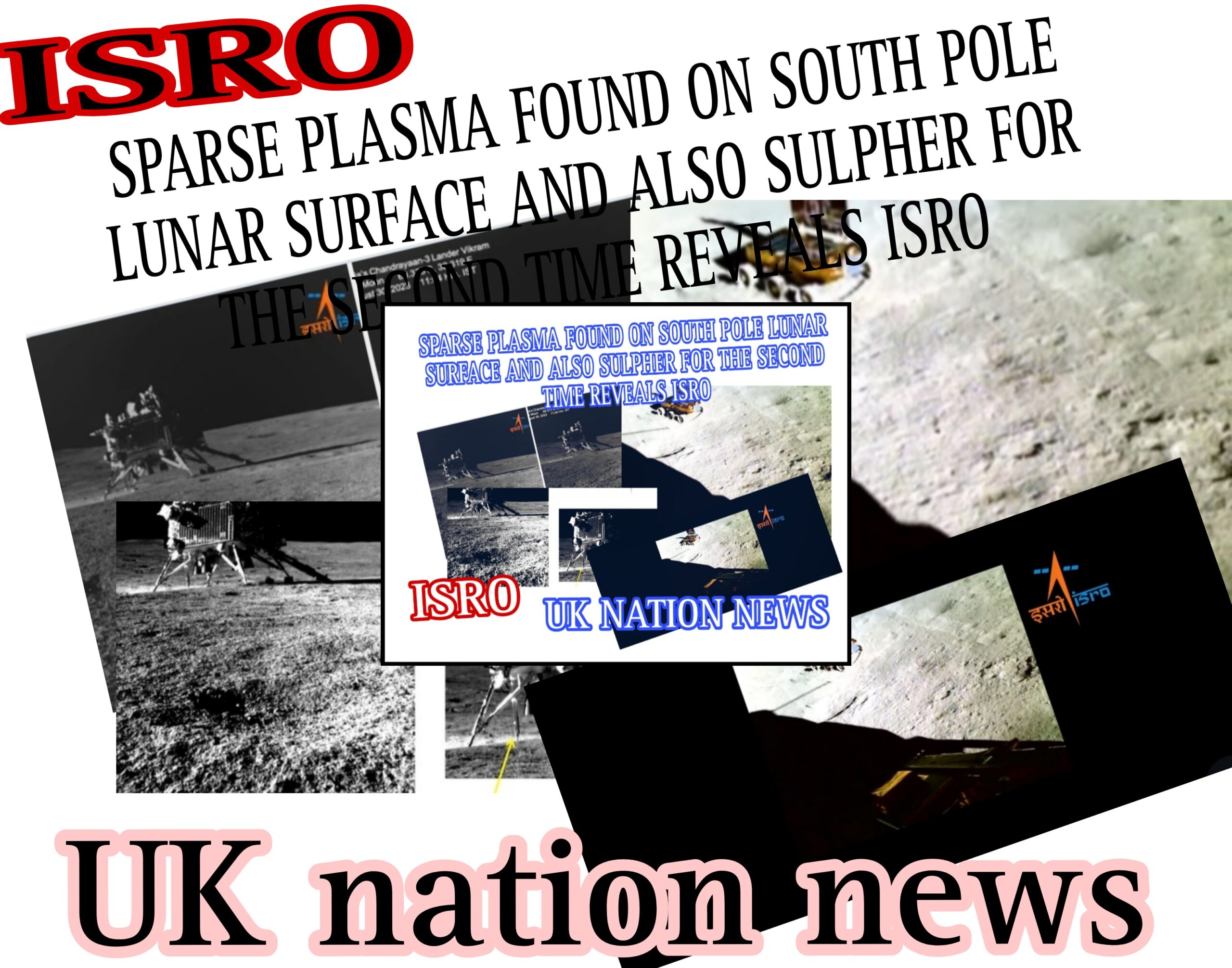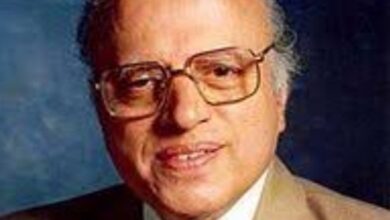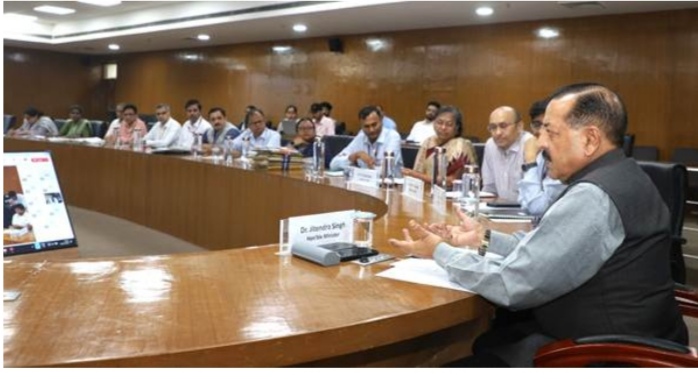SPARSE PLASMA FOUND ON SOUTH POLE LUNAR SURFACE AND ALSO SULPHER FOR THE SECOND TIME REVEALS ISRO

The Pragyan Rover of Indian Space Research Organization’s Chandrayaan 3 having landed on the South Pole on August 23 credited for being the first country in the World becoming the fourth country after US, China and Russia has completed eight days on Moon conducting various experiments and uncovering various secrets. The ISRO have been revealing various developments taking place in the South Pole Lunar Surface since the day the Pragyan Rover exited from the Vikram Lander and started walking on moon conducting various, experiments including sensing a four meter wide and deep crater and choosing different safe route, observing and recording temperature, finding Sulpher and detecting traces of other minerals including O and taking pictures of Vikram Lander performing various, experiments. According to a recent information revealed by Indian Space Research Organisation on X under Chandrayaan 3 IN SITU EXPERIMENTS watched by thirty lakh people associated with it about sparse plasma existing on Lunar Surface which is quite an interesting revelation it added : Radio Anatomy of Moon Bound Hypersensitive Ionosphere and Atmosphere – Langmuir Probe (RAMBHA-LP) payload onboard Chandrayaan-3 Lander has made first-ever measurements of the near-surface Lunar plasma environment over the south polar region. The initial assessment indicates that the plasma near the lunar surface is relatively sparse. https://isro.gov.in/Ch3_Rambha-LP_near-surface_Plasma.html… These quantitative measurements potentially assist in mitigating the noise that Lunar plasma introduces into radio wave communication. Also, they could contribute to the enhanced designs for upcoming lunar visitors. RAMBHA-LP payload development is led by SPL/VSSC, Thiruvananthapuram.
Earlier to this revelation the ISRO also confirmed again about the re findings of Sulpher on the moon mentioning :
What are lunar soil and rocks made of in the south polar region where Chandrayaan-3 landed? How’s it different from other highland regions?
These are the questions that the Chandrayaan-3 rover is trying to find answers with its scientific instruments.
Alpha Particle X-ray Spectrometer (APXS) onboard rover deploys down to observe the lunar sample as seen in the video, which is captured by the lander imager.
APXS instrument is best suited for in-situ analysis of the elemental composition of soil and rocks on the surface of planetary bodies having little atmosphere, such as the Moon. It carries radioactive sources that emit alpha particles and X-rays onto the surface sample. The atoms present in the sample in turn emit characteristic X-ray lines corresponding to the elements present. By measuring the energies and intensities of these characteristic X-rays, researchers can find the elements present and their abundances.
APXS observations have discovered the presence of interesting minor elements, including Sulfur, apart from the major expected elements such as Aluminum, Silicon, Calcium, Iron. It may be recalled that LIBS instrument onboard the Rover also confirmed the presence of Sulfur. Detailed scientific analysis of these observations are in progress.
APXS is developed by the Physical Research Laboratory (PRL), Ahmedabad with support from the Space Application Centre (SAC) Ahmedabad, whereas UR Rao Satellite Centre (URSC), Bengaluru has built the deployment mechanism.
APART from these revelations ISRO also exhibited the video about the Pragyan Rover rotating in search of safe routes over the Lunar Surface and playing as a child frolicking in the yards of Chandamaama, while the mother watches affectionately. Here the mother is the Camera on board Vikram Lander clucking pictures. The ISRO message in X wrote today : The River was, rotated in search of a, safe route . The rotation was captured by a Lander Imager Camera. It feels as though a child is playfully frolicking in the yards of CHANDAMAAMA while the mother watches, affectionately, Isn’t it, asked it ? It also send the video from South Pole Lunar Surface about the camera on board the Vikram Lander clicking the picture of Chabdrayaan conducting experiments.
Under the title BEYOND BORDERS, ACROSS MOONSCAPES : Indian’s Majesty knows no bounds , the ISRO tweet says : once more, co traveller Pragyan captures Vikram in a Snap! This iconic snap was taken today around 11 am ISRO from about 15 m. The data from the NavCams is processed by SAC/ISRO, AHMEDABAD.







